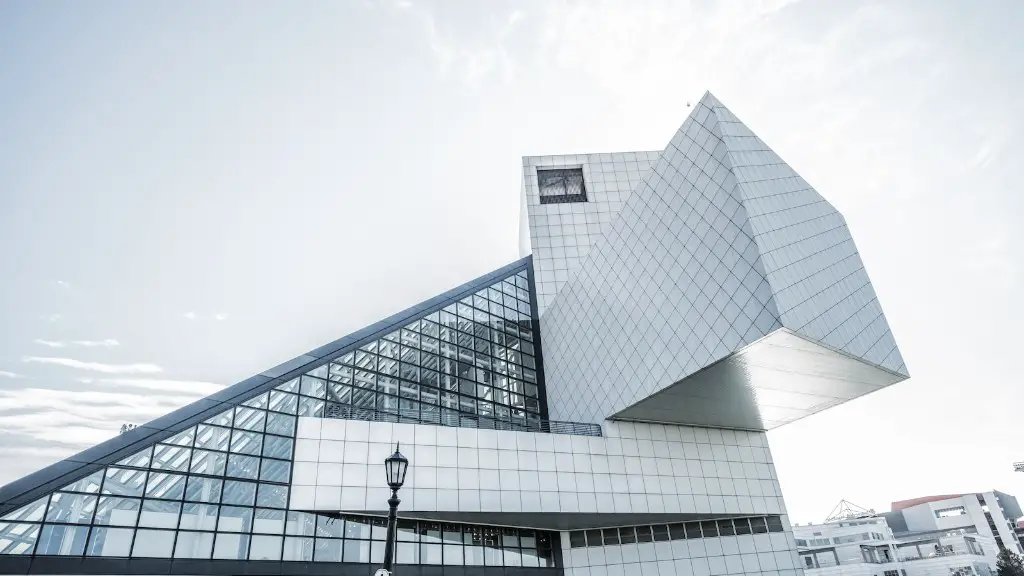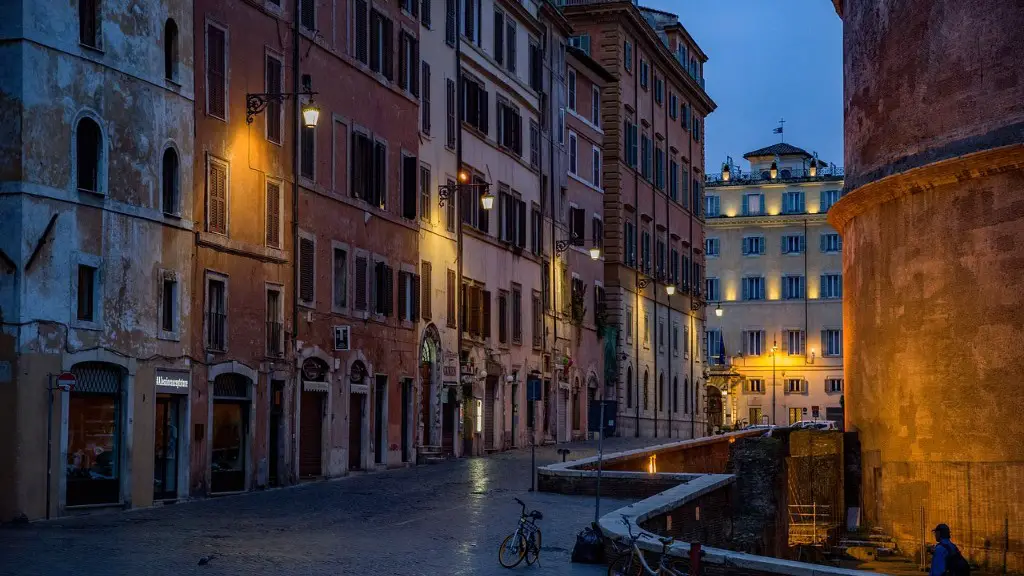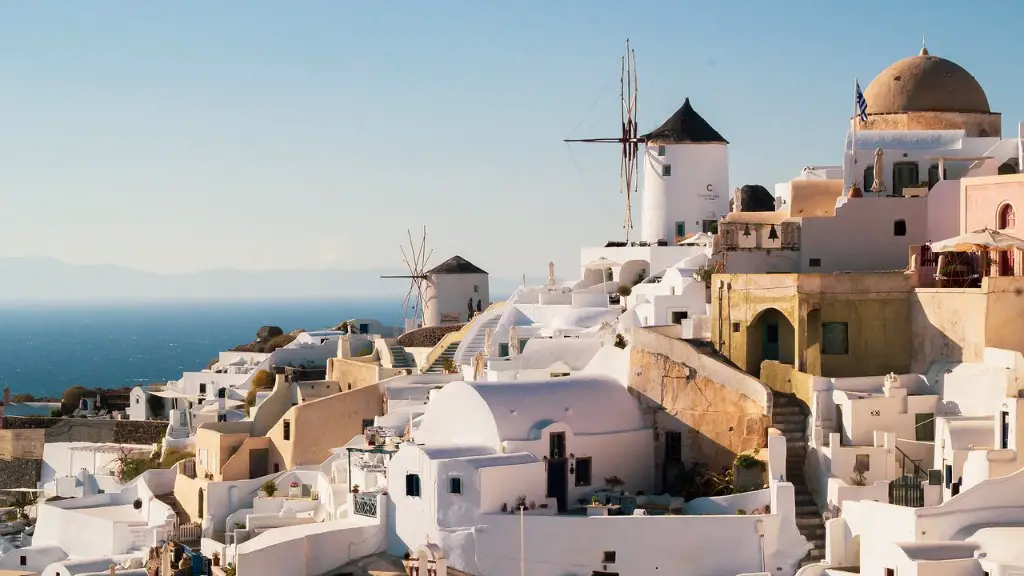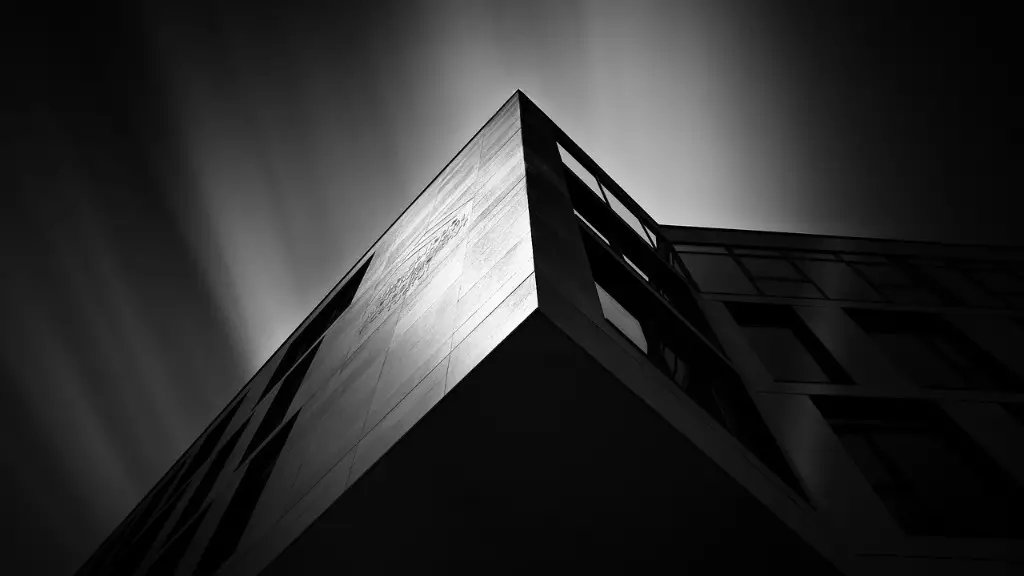Romanesque architecture was an architectural style prevalent in Europe during the 11th and 12th centuries.The name derives from the Latin ‘Romanicus’, meaning belonging or pertaining to the Roman empire.The style is characterized by a strong use of round arches, large scale use of stone, and an overall sense of massiveness.The walls of Romanesque structures are thick, heavily ornamented and articulated.The style was commonly used for churches, cathedrals and public buildings, as well as for private dwellings.
Their exteriors were often heavy with small windows, and the interiors employed barrel vaults and groin vaults.In terms of structure, the most common feature of Romanesque architecture was the use of large arcades, which spread circular arches across long walls.In addition, the use of rib vaults was significant in that they allowed for a dome-like effect on the ceiling of large halls.
The basic material of the Romanesque period was of a heavier nature than that of the Gothic period.Stone was commonly used as the main material, often in large chunks.Wood was used to add lightness to the stone and was also used in creating roofs and window frames.Ironwork was used to support and hold up the stone walls.Plaster was often used to achieve a higher degree of ornamentation.
Light figured prominently in Romanesque spaces.Windows were small, but usually large enough to admit some light into the interiors.The dim lighting that was found in churches, cathedrals and other public buildings was symbolic of the religious theme and also provided a sense of serenity and awe.Light was also used to highlight the intricate sculptures and reliefs that adorned the walls.Because of the material and design of the windows, light was usually of a low, soft quality.
The use of sculpture in Romanesque architecture was, at times, seen as the only way to express spiritual ideas.The ornamental sculptures featured on the walls of buildings allowed people to display their religious faith without words. In terms of design, these sculptures showcased a range of opinions and styles.While some featured geometric patterns, others depicted foliage, animals or religious figures.
A defining feature of Romanesque architecture is the use of the round arch and its variations.The round arch was used to support large windows and doorways, as well as to define and adorn the walls.These round arches were often supported by thick pillars, and created visual contrast against the linear walls.Another variation of the arch was the pointed arch, which was more intricate and allowed more light into the interior.
To adorn the interiors, Romanesque churches and cathedrals used plaster murals, sculpture and mosaic tile.Murals provided rich ornamental reliefs and depicted a variety of scenes. Sculptural reliefs focused on the use of geometric shapes, foliage and depictions of religious events.Mosaic tiles featured intricate and colorful patterns, often used to express a religious theme.
Economics of Romanesque Architecture
The use of stone and other materials was paramount in Romanesque architecture.The extensive labor needed to construct the churches and cathedrals, as well as the use of heavy materials, required generous donations from those wealthy enough to donate. The lack of a steady financial system and having to rely on donations made the completion of buildings both a challenge and opportunity for a professional elite.Craftsmen were employed throughout Europe to carry out the labor and were paid accordingly, even by contemporary standards.
Most buildings in Romanesque architecture were funded by the nobility and, to some extent, the peasantry.Nobles funded the construction of churches and cathedrals to assert their influence and piety, while the peasantry funded the construction of smaller churches and monasteries as a form of devotion and identity.In either case, the building of such projects required significant financial resources, along with the means to transport materials such as stone and iron over long distances.
Architectural design evolved throughout the Romanesque period, and much of the economic activity during this period was directed towards the construction and maintenance of buildings.In terms of financial impact, Romanesque architecture created jobs in the building trades and had an indirect impact on the economy.As individuals saw the beauty of the buildings, it encouraged them to contribute to charitable causes, which in turn spurred economic activity.
Significance of Romanesque Architecture
The level of artistic expression found in many Romanesque buildings ensures that these structures continue to inspire awe and admiration in people from around the world.The use of the round arch and its variations, the intricate plaster sculptures and murals, the mosaics and sculptures all work together in creating a visual experience of beauty.The architecture of the period has also had a significant influence on art and architecture during subsequent eras, and still serves as a source of inspiration to contemporary architects.
At the time, the dramatic settings of these Romanesque buildings further heightened the sublimity of their spiritual message. The effect was further increased by interior decorations and glistening gold that adorned these settings.As a result, Romanesque churches and cathedrals had a tremendous impact on the religious worship of the time and were commonly used as sites for processions and other religious ceremonies.
The construction of Romanesque churches and cathedrals also served to reinforce political power. This was especially prevalent for noble families who were able to fund the construction of these elaborate structures, thus associating themselves with religious devotion. This was a way for nobles to gain legitimacy for their political authority and establish their lineages in the eyes of their vassals. In this way, Romanesque architecture had a crucial role in shaping the political landscape of Europe during the Middle Ages.
Influence of Romanesque Architecture
The influence of Romanesque architecture continues to be felt today in numerous ways.The style heavily influenced early medieval architecture and subsequently gave birth to the Gothic revival.This style of construction has also served as an inspiration for architectural trends in various parts of the world.The stories and symbolism embedded in the Romanesque style of architecture also inspired literature, film and other visual arts.
The legacy of Romanesque architecture is seen in the many surviving buildings of the period.The differences observed between the many surviving Romanesque structures have been used by scholars to trace the evolution of the style, allowing for a greater understanding of the art and architecture of the time.Additionally, the study of Romanesque architecture has provided valuable insight into the socio-economic, politics and religious aspects of the period and serves as a tool for understanding the events of the Middle Ages.
Preservation of Romanesque Architecture
Given its age, the preservation of Romanesque architecture is of great importance.Many of the world’s most renowned Romanesque structures are now protected by UNESCO as World Heritage Sites.This ensures a continued appreciation of the historical, artistic and architectural value of these sites, while providing a sense of continuity and a reminder of the accomplishments of our ancestors.Other organizations have also taken up the cause, such as the Romanesque Heritage Association and the European Romanesque Project, which aid in the preservation and celebration of Romanesque architecture around the world.
Aside from preserving existing structures, efforts are also made to revive and replicate the style.In some cases, this can involve reconstructing damaged or destroyed architecture, or the restoration of existing structures.However, in other cases, a more creative approach is used, drawing inspiration from the style yet giving it a modern interpretation.This allows for the style to remain alive in the present day and serves as a reminder of our past achievements.
Conclusion
The architecture of the Romanesque period has left an indelible mark in the history of architecture.The style heavily influenced early medieval architecture and has had a direct influence on many subsequent architectural styles.The strong use of the round arch and its variations, intricate sculptures, and plaster murals have become iconic in the field of architecture and remain a source of inspiration to contemporary architects.The preservation of Romanesque architecture and its revival in the modern day are crucial in ensuring that its impact is felt for generations to come.




